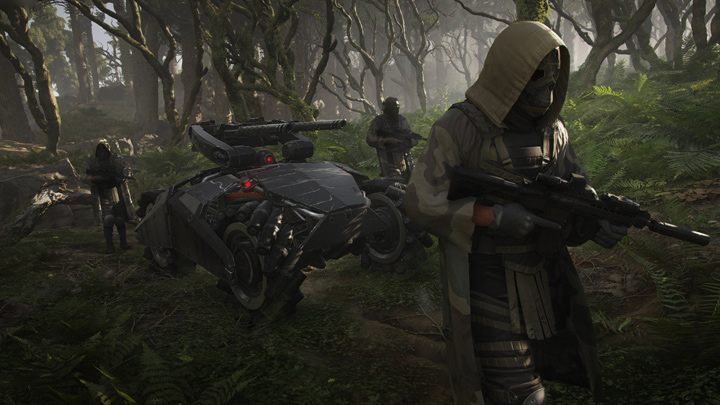7 Worst Practices of Publishers and Developers
Modern games are big projects with big budgets. And whenever money is involved, it's not hard to find various pathological practices, aimed to maximize profit at the lowest possible cost. Here are seven common problems that the industry suffers from.

- 7 Worst Practices of Publishers and Developers
- Microtransactions are testing our vigilance
- Releasing unfinished games as complete
- Game as a service
- "Early Access" forever
- Who cares about the PC?
- A listed company – that sounds proud...
Remembering the first great hits from the 1980s and 1990s, we often think of these times as a period of passionate gamedev. Maybe it was so in part, but let's not pretend – even then, virtual entertainment was created to be monetized, earn as much as possible. This was the mission of, i.a., Trip Hawkins (founder of Electronic Arts) or Bill Stealey (co-creator of MicroProse).
Today, when the production of high-budget games consumes tens of millions of dollars, and key decisions concerning technical aspects are made by committees oblivious to intricacies of programming, this dependency is just more apparent. Meanwhile, the desire to maximize profit and minimize expenses leads to many negative phenomena in computer games.
We have unfortunately got used to some of them, treating them as necessary evil. Only in some extreme cases, the outrage of the community can be so loud that it can bring about the desired changes. Publishers, however, continue their efforts to constantly push the boundaries of what is acceptable in terms of new forms of profit maximization. So here's a list of current "diseases" in computer games – both new and chronic.
NFT – "new form of transaction"
NFT, i.e. a unique token that's also a certificate of authenticity of pretty much anything, is the latest trend when it comes to making a lot of money on the Internet with relatively little effort and expense. Its popularization was supported by campaigns with avatars of various celebrities taking place in social media. Game publishers have also jumped at the opportunity to earn money by quickly piecing together a few pixels, allowing the purchase of custom-made skins, graphics, trading cards or videos.
This trend was immediately followed by Ubisoft, Capcom and Konami, despite the prevailing online criticism of this type of items in games. Voices of indignation prompted some of them to give up plans to introduce NFT or promote companies related to the distribution of tokens. This is what, among others, the creators of the new STALKER, and Troy Baker did. Others, in turn, took the opposite direction – celebrities like Richard Garriott and Dr. Disrespect recently announced that their new creations will be based on NFT items. Their owners will be able to influence the shape of the game, or will simply own part of such a virtual world.

It's still hard to talk about NFT as a common phenomenon in the virtual entertainment industry. Some publishers, such as Electronic Arts, are constantly watching the development of these solutions and still seem reluctant to join the party. However, judging by where we've ended up 16 years after the infamous Horse Armor DLC, we can assume that the number of NFTs used in games will only increase.
Hated, yet still profitable
Despite huge criticism from players, NFT tokens are selling like hot cakes. Konami, among others, have got plenty of reasons to be happy – their special anniversary graphics from Castlevania sold for a total of $157,000. The most expensive single item with a map of the game world has reached a staggering price of $26,000. It seems that the strength of a given franchise among fans is not without significance for the time being, because on the other side of the spectrum, we have a spectacular failure of Ubisoft. Their tokens from Ghost Recon: Breakpoint on the specially launched Quartz platform sold for just $400.


